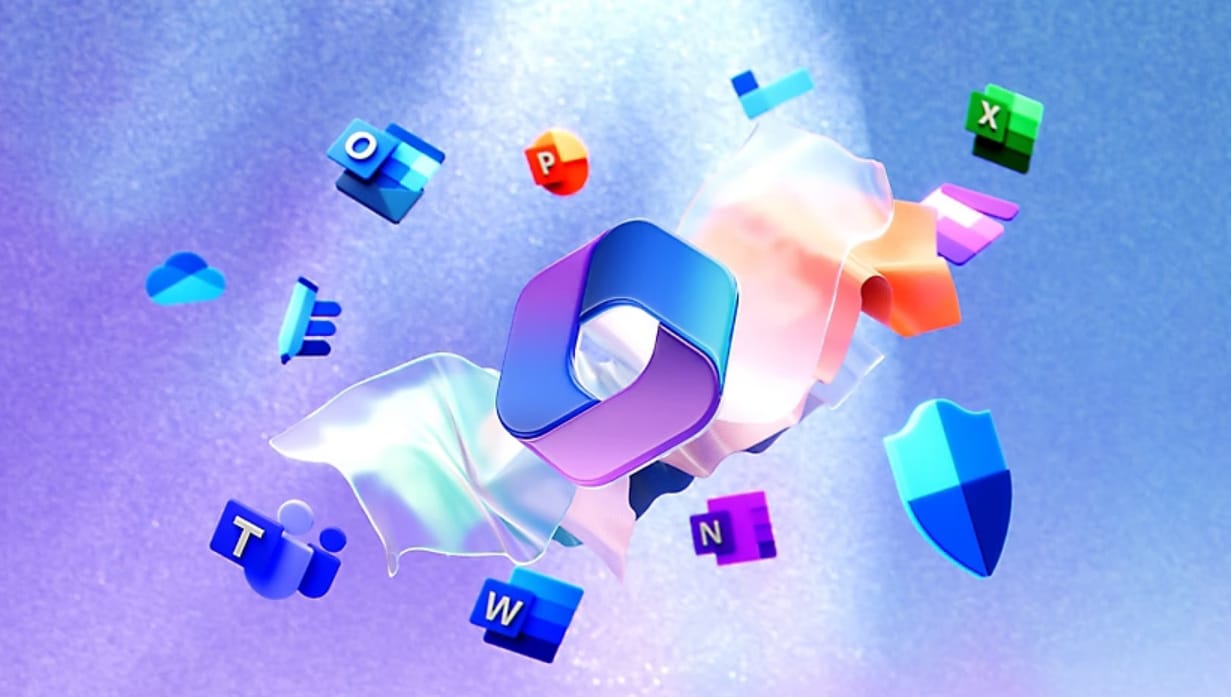Microsoft is changing how it builds AI tools. The tech giant has created a new division called CoreAI – Platform and Tools, putting all its AI work under one roof.
“Thirty years of change is being compressed into three years!” Microsoft CEO Satya Nadella told employees. Think of how computers changed from text commands to the mouse-and-window screens we use today. Now imagine that kind of change happening three times faster.
Jay Parikh, who helped Facebook (now Meta) build its technical infrastructure and data center projects, will lead CoreAI. His experience matters because AI needs massive computing power and infrastructure to operate effectively.
The new group combines three important teams: the people who make developer tools, the AI experts, and the technical innovation team. Their job? Build AI tools that both Microsoft and other companies can use. It’s like creating a new set of technological foundations that anyone can use to make AI-powered software.
This change comes as Microsoft walks a tricky line. They’re partners with ChatGPT-maker OpenAI but also compete with them. Nadella recently called this mix “cooperation tension.”
Microsoft is spending big on this AI push. They’re building new data centers and special chips to run AI programs. Why? Because their cloud infrastructure business – where companies rent Microsoft’s computing power – has become their biggest money maker.
But there are challenges ahead. AI systems need massive computing infrastructure to operate. They also raise questions about how AI decisions might affect business processes and operations.
More Stories
The company wants to create “agentic applications” – AI programs that can remember things and make decisions on their own. These are applications with memory, entitlements, and action space that will adapt to different roles and business processes.
Microsoft sees AI changing how all software works. Just as smartphones changed how we use computers, AI could change how computers help us work and solve problems. “Our internal organizational boundaries are meaningless to both our customers and to our competitors,” Nadella said, explaining why Microsoft needs to work as one team.
This move puts Microsoft at the front of a tech revolution. But success isn’t guaranteed. They’ll need to prove their AI tools are useful and reliable while managing the growing technical challenges of running such powerful systems.
The impact could reach far beyond Microsoft. If they succeed, they might set new standards for how AI is built into the tools and services we use every day – from writing emails to analyzing business data. The question isn’t just whether Microsoft can build these tools, but how these tools will shape how we work and live in the years ahead.







